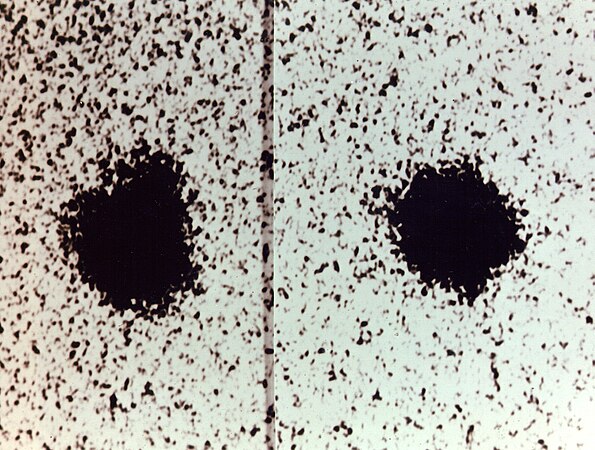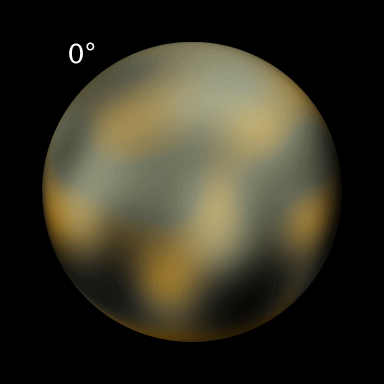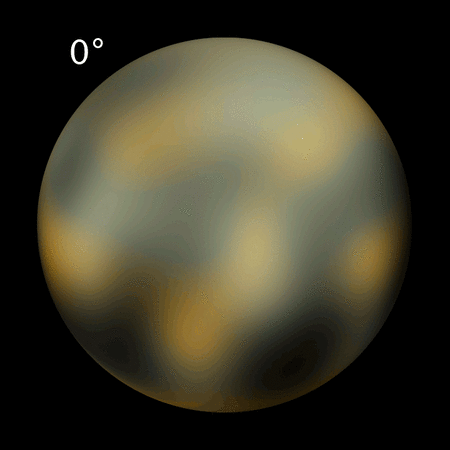Wright State University Lake Campus/2017-1/Phy1060/log
Mon 16 January 2017 (UTC)
[edit | edit source]Syllabus. Miraheze accounts.
Tues 17 January 2017 (UTC)
[edit | edit source]images
|
|---|
|
Wed 18 January 2017 (UTC)
[edit | edit source]- Open the .S subpage on the Wikiversity phy1060 page
- Open the opexstax book from the Phy1010 page (click original file and place on desktop).
- Leave me a message if you cannot read by chapter using the bar to the right --Guy vandegrift (discuss • contribs) 14:15, 18 January 2017 (UTC) --you can also click the TOC using internal links on the pdf.
- How many students know about their H-drive? One person knew about it but had no need for it.
Thurs 19 January 2017 (UTC)
[edit | edit source]Phases of the moon (with a few comments about historical importance of this cycle, especially in the dry warm parts of the world where many civilizations emerged)
Fri 20 January 2017 (UTC)
[edit | edit source]Amazing day w/ 2,5,8,12,13,21 wsul users!
16 February 2017 Start Solar System Lab Project
[edit | edit source]We just finished the Galileo movie, and went through most of the practice questions. Next we will play with this lab for a few days:
Friday 14:04, 17 February 2017 (UTC)
[edit | edit source]041 033 038
Tues 21 February 2017 (UTC) Scale model solar system
[edit | edit source]

Friday 14:04, 10 March 2017 (UTC)
[edit | edit source]040 041 033 029 Gossard Ruiz
Fri 13:23, 17 March 2017
[edit | edit source]40 24 29
Mon 13:23, 20 March 2017 (UTC) Invisible Universe
[edit | edit source]Hubble not only has high resolution, but excellent light-gathering power.
Faint planetary disc, but also deep space look at earliest galaxies (lookback time)
10 thousand in a "straw" 2x10^22 stars in observable universe. (Maybe its 10^21
Age of universe. Expanding Hubble's universe. Will gravaty slow it down? How much "stuff" is in the universe? How has it expanded in the past? Need stars of known brightness. Cepheid variables work for nearby galaxies, but HST uses supernovae type A. Observe 50 thousand galaxies per night. Brightness versus red-shift.
Big mystery: Expansion is not slowing down. Accelerating? Competing labs got the same result. Can we trust science? 5 billion years ago the universe began to accelerate. Dark energy. What if we are wrong about long distance gravity?
More evidence for big bang (besides expansion): Ratio of elements consistent with big explosion (except for a few unresolved questions, i.e. about antimatter). Calculations performed by H-bomb theorists ("first 3 minutes"). We also see evidence that the heavy elements are building up as suppermassive stars are formed and explode (making the universe "dirty" with heavy elements). But how good are we at the details of the "movie". A simple estimate says 10-20 billion years. But do we really have knowledge of the details.
Supermassive black holes: Gravity is known to be the most explosive source of energy in the universe. How does something that pulls "in" cause explosions "out". https://www.youtube.com/watch?v=rMBpuQMj1Qw
http://physics.stackexchange.com/questions/135013/hydrogen-bomb-mass-to-energy
Matter-antimatter is bigger at 100% conversion of energy into E equals m c squared
Someday
[edit | edit source]https://massasoit.instructure.com/courses/346438/pages/video-the-primordial-soup-with-julia-child
http://www.spacegrant.hawaii.edu/class_acts/GeologyChart.html students need computers to search answers
Tuesday 3/28/17 Nebraska HR diagram lab
[edit | edit source]Today PHY1060 (Astronomy) meets in the Computer Room 194
see also the original HR diagram
Fri 2/24
[edit | edit source]Fri13:06, 31 March 2017 (UTC)
[edit | edit source]Present:
- https://wright041.miraheze.org/wiki/Main_Page
- https://wright033.miraheze.org/wiki/Main_Page
- https://wright024.miraheze.org/wiki/Main_Page
Fri 7 April 2017 (UTC)
[edit | edit source]- [https://wright040.miraheze.org/wiki/Main_Page
- https://wright033.miraheze.org/wiki/Main_Page
- https://wright024.miraheze.org/wiki/Main_Page




